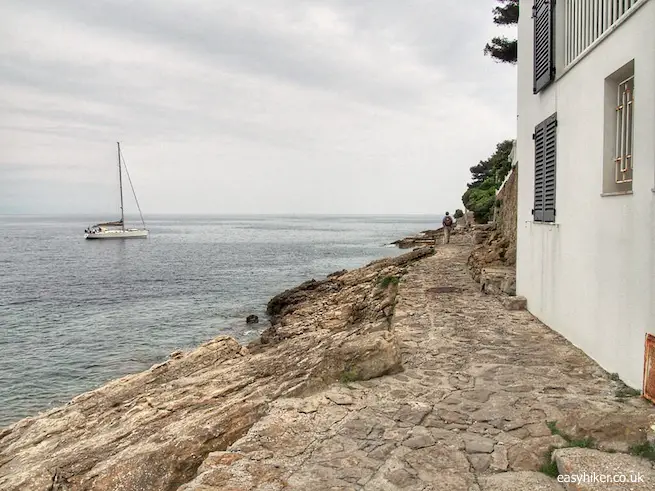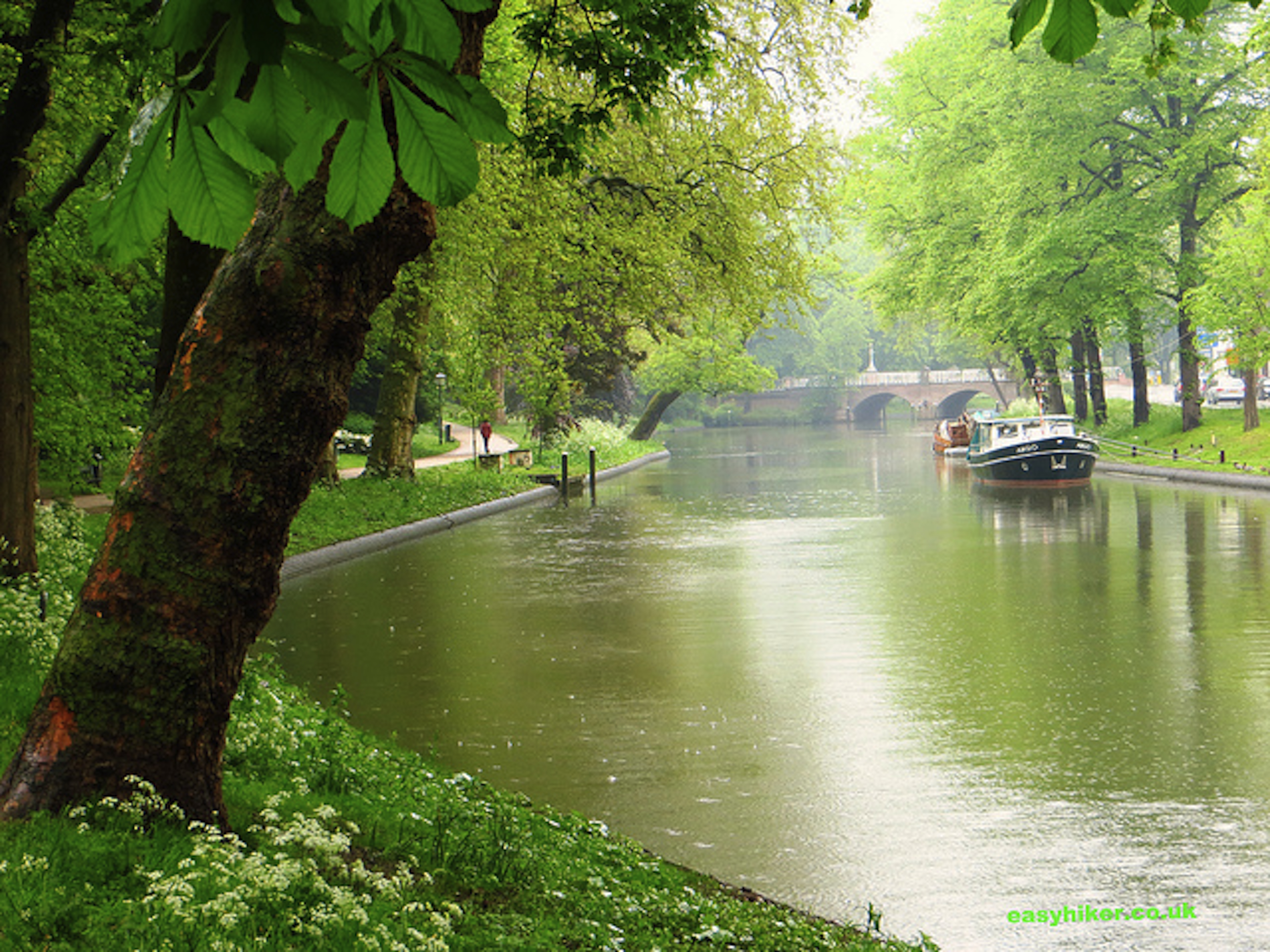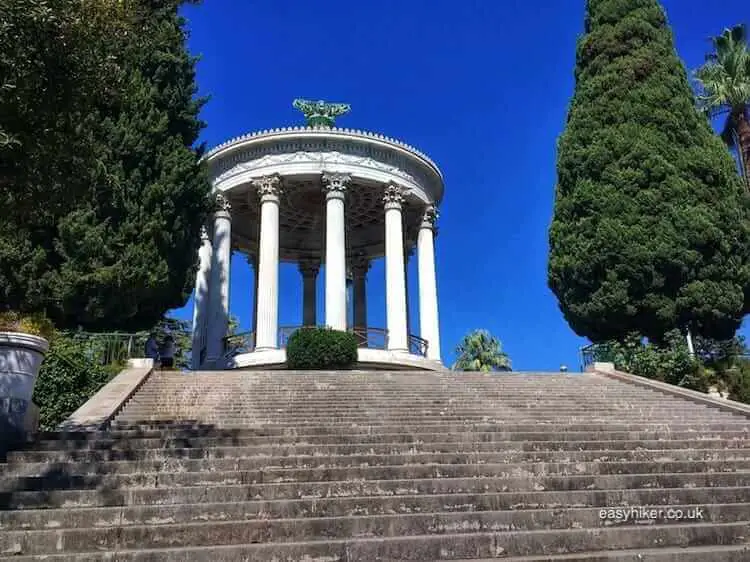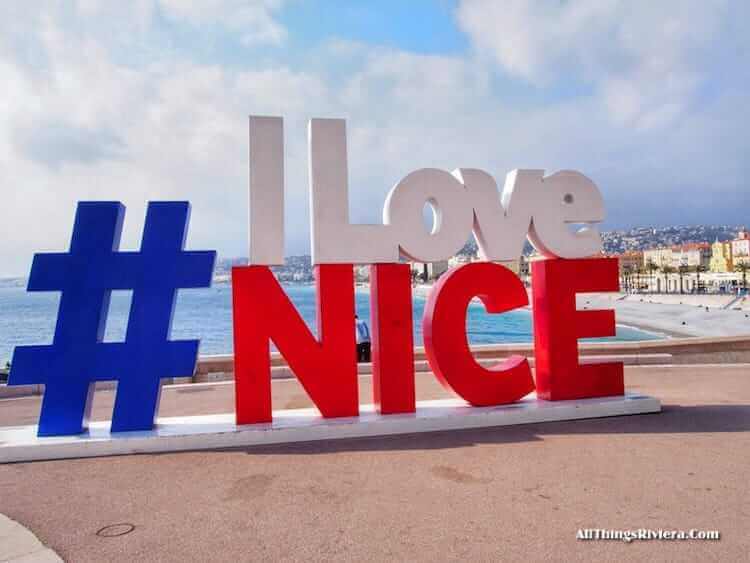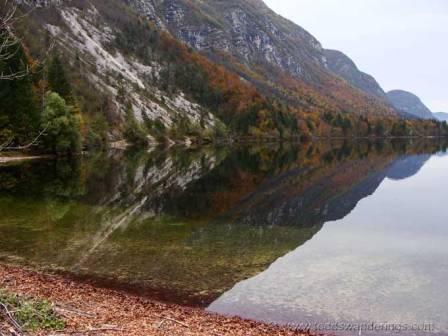The north Italian city of Mantua is that rare thing, a town entirely surrounded by water. Three lakes and a river …

… provide a luxuriant setting of natural beauty for the architectural gem in their middle, turning Mantua – quite literally – into a treasure island.

In view of such a magnificent and stunning ensemble it seems a minor and almost pedantic point that the lakes are not really lakes and the river is not really a river.
Particularly when we consider that we are in Italy where trompe l’oeil effects have a long and distinguished tradition. If something looks good and everybody is happy, let us all agree that no deeper inquiries are called for.

And let us be grateful that Mantua’s water bodies provide such wonderful opportunities for long and lazy promenades. The three town lakes alone are surrounded by an estimated 20 km of foot paths. That is a lot of lakeside walking for a single town, too much for a single visit.
The following is therefore a deliberately non-comprehensive introduction into Mantua’s lakeshore trails: an edited highlights package.

A good place to start is the southern shore of Lago Superiore, which you can most easily access at the roundabout near Giardini Fraccalini in the northwestern corner of the town centre. (Everywhere else, the railway line is in the way.)
Walk the lakeshore up and down a bit, preferably near the dam that separates this lake from its neighbour to the east, the Lago di Mezzio.
For one because the path near the dam features some of the lake’s prettiest spots …

… but for another because wherever you go, you will have to walk the same way back.
After 3 km or so, Lago Superiore narrows down and returns – like Cinderella at midnight – to its proper self, which is the river Mincio.
The Mincio, the connection between Lake Garda and the Po, has always been an extremely unruly river, and it was its tendency to spread all over the adjacent countryside that led to the construction of the lake network in the north of Mantua.
Even today, such an enterprise would be quite a large project, so we can only marvel at the people who took on this task nearly 1000 years ago: Mantua’s three lakes were created in the year 1190.
The embankment on Lago Superiore’s eastern side was, until fairly recently, dotted with 12 grain mills that were powered by the controlled water flow from one lake into the other (the level of Lago Superiore is approx. 3 m higher than its neighbour’s). Like much of the ancient infrastructure of the lake network, these mills were destroyed in WWII.
Leave Lago Superiore the way you have come in and continue on the south shore of the Lago di Mezzio, the smallest lake of the three. It is also the liveliest, since it borders directly on the town centre, and you will meet office workers during their lunch break, students in between lessons and all kinds of townsfolk who have come here to pass their time in different ways.

The southern shore of Lago di Mezzio also features the piers from where the pleasure boats leave for their tours of the lakes.

From these boats, you get some splendid postcard views of the lakes and the old town, but if you decide to continue your journey on foot, you will have to wait a little to see much of Mantua which, until then, manages to hide itself well behind walls, trees and embankments.
It is only at the end of this stretch that the Castello di San Giorgio comes into view, the eastern section of the Ducal Palace which was built around the year 1400 and which later – under Austrian occupation – became infamous as the Habsburg Empire’s largest high-security prison for enemies of the state.

Continue under the bridge for the third of the lakes, Lago Inferiore …

… which has its own charm, exuding an atmosphere of stillness and serenity.

In theory, you can walk all the way to the next bridge and further to what initially looks like a fourth lake but is, in fact, the Mincio River that will soon begin to narrow down again.
We recommend to cut your walk short somewhere along Lago Inferiore and turn right for a visit of the town centre, which is full of all the things that visitors love about Italy: ancient buildings, darkly romantic side streets and lively town piazzas with open air cafes and restaurants.

So why, you may ask, in view of all these sites and attractions, is the treasure Island of Mantua not more famous.
The answer, I believe, is that Mantua struggles against its many rivals in the Northern Division of Italy’s Tourism League when it comes to culture.
All of its neighbours can hold out a unique cultural selling point to potential visitors: Padua has Saint Anthony and an enormous Cathedral that was built over the grave of Christianity’s most frequently-called-upon saint (Saint Anthony is the man in charge of finding the eyeglasses and car keys of absent-minded Catholics), Parma has its culinary tradition (the ham and the Parmesan cheese), Modena has Ferrari, and as for Venice and Milan: do you really have to ask?
and an enormous Cathedral that was built over the grave of Christianity’s most frequently-called-upon saint (Saint Anthony is the man in charge of finding the eyeglasses and car keys of absent-minded Catholics), Parma has its culinary tradition (the ham and the Parmesan cheese), Modena has Ferrari, and as for Venice and Milan: do you really have to ask?
Verona, meanwhile, Mantua’s nearest neighbour, has – of course – Romeo and Juliet. You may smile, but when we visited Verona a few years ago, we found the courtyard in front of “Juliet’s house” the most crowded place in town. It was literally packed with true-love pilgrims from all over the world.
Mantua, no doubt inspired by Verona’s successful city marketing, decided to capitalize on its own connection with a popular work of fiction.
Verdi’s opera Rigoletto, after all, is set in and around the palace of the Duke of Mantua, the river Mincio and, above all, in the house of its doomed title character.
Hey, Mantua’s PR people must have thought, why don’t we just pull the same trick with some old building in town …

And so they did. But does anybody believe that this is really Rigoletto’s house? Probably as much as anybody really believes that the columns on a trompe l’oeil palazzo are holding up the roof.
And as much as anybody cares whether the lakes of Mantua are the work of nature or the work of some clever medieval engineers.
But Mantua, in truth, does not really need the pixie dust of fiction and fantasy. It should focus on its existing and very real assets: its historic buildings, its lakeside walks and, particularly, the river Rio.
We will tell you more about that one next week.


